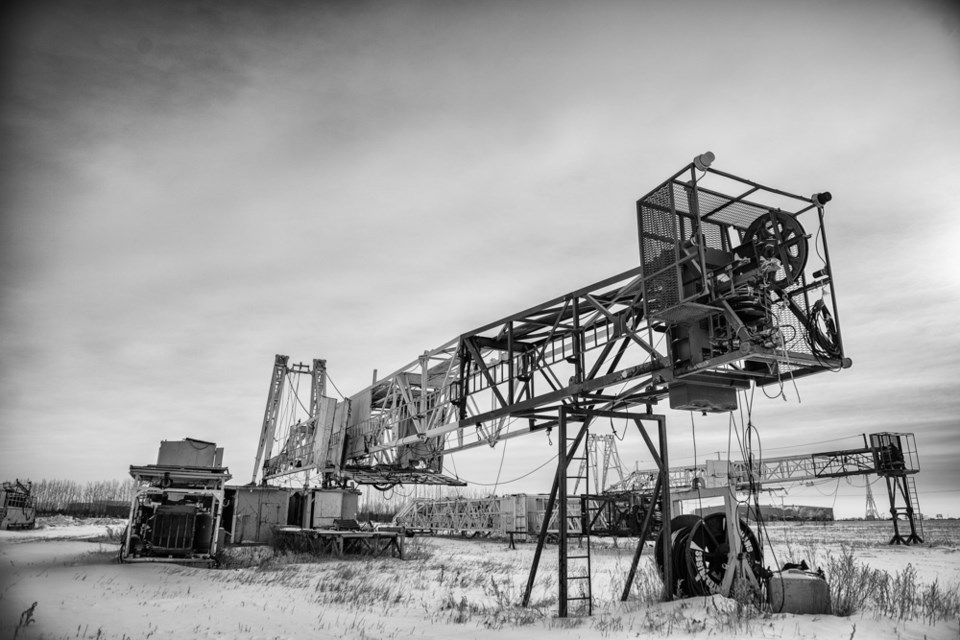Estevan – Over the last ten years, and specifically the last five, there have been two consistent trends in the Canadian oilpatch. First, Canadian oil production has seen a continual trend upward, from 2.5 million barrels per day (bpd) in 2010 to 4.4 million bpd in 2020. With the exception of seasonal fluctuations and a short-term dip in 2016, this trend has been remarkably consistent.
For the first five years of that decade, the Canadian drilling rig fleet had been relatively consistent in size – around 800 rigs. But when the downturn hit in late 2014, that number started to drop, and it is continuing its downward trend. According to the Canadian Association of Oilwell Drilling Contractors (CAODC), the end of the 2019 saw Ensign Drilling Inc. delist 17 rigs, Precision Drilling Corporation delist seven, Nabors Industries delist six and Akita Drilling delist one it was moving to the U.S.
The CAODC’s 2020 forecast, released in November, anticipated the drilling rig fleet could decrease to below 500 – falling 48 to 497 this year.
During the same five year period, oil production in Canada has grown approximately 400,000 barrels per day. To put that in perspective, all of Saskatchewan produces about 501,000 bpd, as of November 2019.
While most of Canada’s growth in oil production has been from the oilsands, 53 per cent of that production comes from in situ projects, e.g. drilling.
So what is happening? We are clearly producing a lot more oil with a lot fewer rigs. For the most part, this is not being accomplished with new drilling rigs. Very few new rigs have been deployed over the last five years. The last brand new drilling rigs deployed in Saskatchewan were likely Betts Drilling Rig 4 and Stampede Drilling Rig 3, the last two to come out of the now defunct Do-All Industries, which had built most of the rigs for southeast Saskatchewan’s small, independent contractors.
And even then, many of those contractors have been amalgamated into Stampede Drilling. Their fleet now includes the iron of Stampede, Vortex Drilling, Red Dog Drilling and D2 Drilling.
In Saskatchewan, in mid-January, there were 68 drilling rigs working. This number is consistent with 2018, and a bit better than 2017 and 2019 for the same period. The first 2.5 months of the year constitute the bulk of Saskatchewan’s drilling activity, with substantially higher rig utilization.
From 2011 to 2014, Saskatchewan would consistently see close to 95 rigs working in those first two months, sometimes as many as 105. The Saskatchewan drilling fleet, as listed by the CAODC, hovered around 120 to 130, which meant most of the fleet was working. Now the fleet in Saskatchewan has shrunken to 109.
This edition explores just what is happening. Dramatic increases in drilling rig efficiency is one of the key factors. Reduced investment and reduced capital budgets is another. And of course, underlying all this is an oil price that can’t get its groove back. On Jan. 27, WTI was as low as US$52.25 per barrel in intraday trading.
One thing is for certain, the drilling industry in Canada is going through likely its biggest shakeup since the introduction of horizontal drilling a generation ago.




